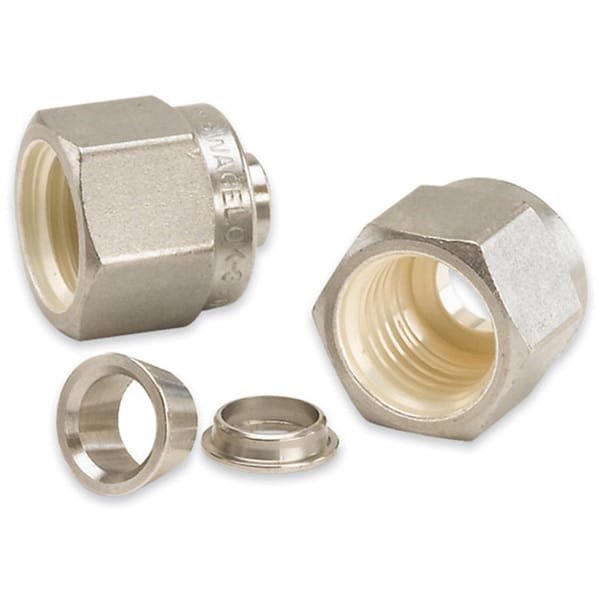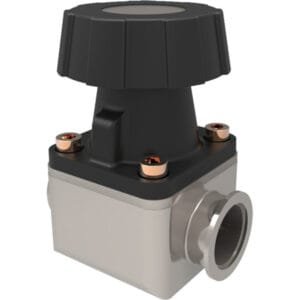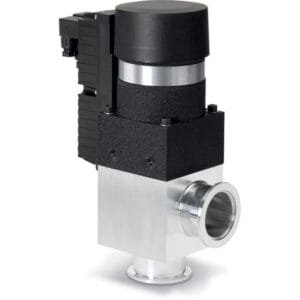Swagelok® Caps, Plugs, & Nuts: Essential Sealing and Protection Components for Tubing Systems
Swagelok® Caps, Plugs, & Nuts from TFM provide dependable sealing, termination, and assembly functions across a wide range of gas and fluid handling systems. These components complement Swagelok’s tube fitting lineup by enabling secure closures, temporary shutdowns, and precise remakes of critical tubing connections. Whether used during maintenance, system isolation, or in final installation, these parts ensure leak-proof, torque-free performance with maximum compatibility.
Designed for use in instrumentation, vacuum, and process control systems, Swagelok caps, plugs, and nuts are available in stainless steel for gas applications and brass for water systems—offering material-specific performance in demanding environments.
Key Features of Swagelok® Caps, Plugs, & Nuts:
Leak-Proof Seals at Every Connection
When paired with Swagelok ferrules and fittings, these components maintain reliable, gas-tight or liquid-tight seals without excessive torque, preserving both tube and fitting integrity.Protection Against Costly and Hazardous Leaks
Swagelok caps and plugs help isolate unused ports and lines, preventing leaks, contamination, and system damage during downtime or maintenance.Application-Specific Material Choices
Stainless Steel Components: Ideal for gas systems, aggressive chemicals, or UHV/vacuum environments.
Brass Components: Suited for water systems, general-purpose fluid handling, or non-corrosive media.
Nuts Designed for Repeatable Assembly
Swagelok nuts enable secure remake of connections, applying uniform compression force to ferrule sets—critical for system expansion or realignment.Ease of Use and System Compatibility
These components are precision-machined for Swagelok fittings and support both fractional and metric tubing sizes, allowing universal use across integrated system designs.
Applications:
Capping unused tube outlets or valve ports during testing or maintenance
Plugging instrumentation panels or sample lines to prevent contamination
Locking ferrules into place for reliable compression fitting remakes
Sealing branch lines in gas manifolds or fluid skids
Supporting modular builds where future expansion is planned
TFM offers a complete portfolio of Swagelok-compatible fittings and accessories, including ferrule sets, union elbows, tees, NPT adapters, and bulkhead connectors. With Swagelok® Caps, Plugs, & Nuts, you can confidently build, maintain, and scale your tubing systems with total sealing integrity.
Ordering Table
| Reference | Material | Tube OD 1 | Part Number |
| Swagelok Cap | Stainless Steel | 1/8" | SS-200-C |
| Swagelok Cap | Stainless Steel | 1/4" | SS-400-C |
| Swagelok Cap | Stainless Steel | 3/8" | SS-600-C |
| Swagelok Plug | Stainless Steel | 1/8" | SS-200-P |
| Swagelok Plug | Stainless Steel | 1/4" | SS-400-P |
| Swagelok Plug | Stainless Steel | 3/8" | SS-600-P |
| Swagelok Cap | Brass | 1/4" | B-400-C |
| Swagelok Cap | Brass | 3/8" | B-600-C |
| Swagelok Plug | Brass | 1/4" | B-400-P |





Reviews
There are no reviews yet.